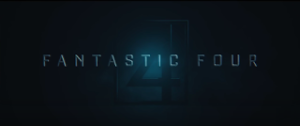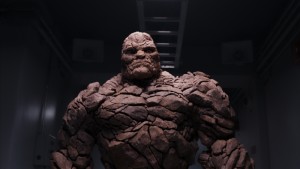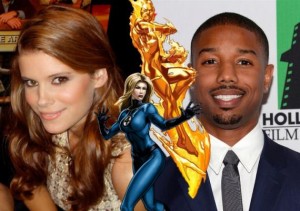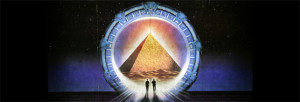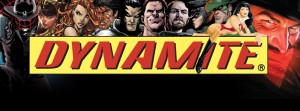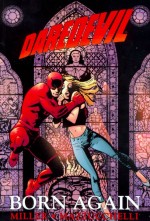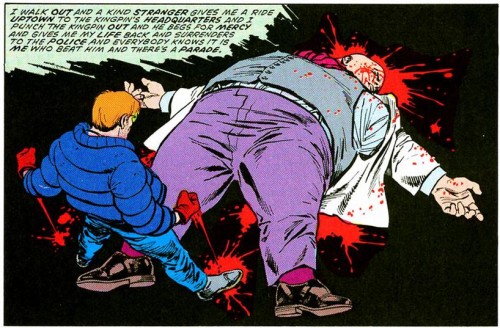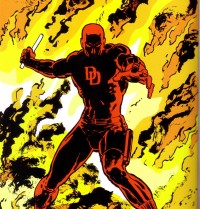Director: Josh Trank
Starring:
- Miles Teller as Reed Richards
- Michael B. Jordan as Johnny Storm
- Kate Mara as Sue Storm
- Jamie Bell as Ben Grimm/The Thing
- Toby Kebbell as Victor Von Doom/Victor Domashev
I’ve always tried to hold to the opinion that any film is worth watching once, yes this has lead to some questionable films over the years. Particularly The Twilight Saga. But if I haven’t seen the film then I’m on no position to criticise it. So with the rising price of cinema tickets it forces cinema goers to be more selective of what they see.
On this occasion however I threw caution to the wind, I was also armed with a £6 student ticket and a childlike hope that it can’t be as bad as I’d been hearing. In recent years I’ve also tried to avoid as much supplementary material as possible to preserve the cinema experience with this in mind I’d chosen to not read any reviews and at the time of writing, roughly 24hrs after seeing the film, I’ve still only read two articles on “Den of Geek”, here and here, and the trivia page for the film on IMDB. So with that in mind this is largely unencumbered with outside opinions and influences. But as we all know now, about a week after the films release it has been universally derided.
A word of warning from this point forward there will be SPOILERS.
So what did the film do well?
The Thing; of all the live action versions of The Thing this is by far the best version of the character we have seen so far in cinema. There is real weight to the character, helped by the marvellous sound design, you can feel the solidity to the character as he moves. There is a sense that every movement for the character is pure agony as joints, now turned to rock, grind against one another.
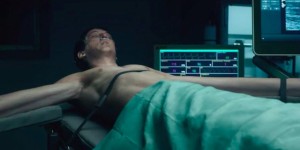
Which leads me to Tranks desire to create a Cronenberg influenced body horror film. Which he does, for about 10 minutes. As events take a turn for the worse and the experiment goes horribly wrong, Tranks Cronenberg influences are clear for all to see. Reed faints upon turning around to see his body stretched beyond reasonable proportions but not before witnessing Johnny Storm as little more than a burnt husk and Ben Grimm a disembodied voice in what appears to be a pile of rumble. Sue we, the audience, have seen struck by a blast of energy from the experiment but it isn’t until a little later on that it is revealed that her body is phasing in and out of reality. Something she has no control over and another nice Cronenbergian touch.
Speaking of Sue, one of the biggest things that sent the internet into melt down was Johnny being African American. Aside from some clunky dialogue between Reed and Sue to explain the mixed ethnicity of the Storm household, the supposed controversy is a non-event. It doesn’t affect the film in any way shape or form.
So what did the film do wrong?
In fairness the film doesn’t specifically do anything wrong, it just doesn’t do a great deal right.
Everybody feels woefully miscast, aside from Jordan. Teller looks uncomfortable, as though he is struggling to get to grips with a role he doesn’t understand. Bell is given almost nothing to do until his transformation, other than chew gum and fold his arms, and even once he is transformed he has very little to really do. Mara also is given almost nothing to do other than being lusted after by at least two of the cast. I was also left confused as to whether Grimm was attracted to Sue as during their one scene together, before the transformation, all Grimm does is stare at her, its neither one thing or another. Just odd.
The transformations of the characters looked wonderfully promising. Following the accident they are all taken to a secret military base, which for added drama during the films conclusion is suddenly adjacent to a heavily trafficked road. The following scenes looked as though they were about to be the standout moments of the film and indeed they were. Sue, as noted, is phasing in and out of visibility, possibly sedated though this is unclear. Johnny who also has no control of his abilities appears to be constantly screaming in pain before the occasionally flare turns everything around him to ashes. Reed is strapped to a table, as we can see in one of the images above, limbs stretched about him like a grotesque vitruvian man. Whilst Grimm is locked away in a darkened room like Frankensteins monsters or Quasimodo.
This is the moment that I thought was going to set this new adaptation apart from other comic book films. Reed crawling, stretching through an air vent, having gained some semblance of control over his wayward limbs sees what has become of his childhood friend. Promises to ‘fix it’ then flees into the wilderness. In previous comic book films, characters have appeared to merely accept what happens to them with little to no issue, be it X-Men or the previous Fantastic Four adaptations.
At this moment I felt like the body horror was going to be played for all the promise that these characters offered. Psychosis, depression and insanity are all potential symptoms for what has happened to these teens. Instead were given ‘One Year Later’ and a montage of the Storms controlling their powers with the aid of some suits developed by the government and apparently none the worse for their ordeal. Grimm has been pressed into military service, though sadly this is only something we see on military monitors. Though it would appear that trousers are optional, luckily though their is no giant rock penis on display to upset the kids.
This weaponisation of the characters makes perfect sense, given that that is usually the first course of action for any ‘civilised’ nation. Nuclear power was most obviously used first as a weapon before becoming a power source, but this like the body horror is yet another missed opportunity for the film as it fails to carry through on this idea.
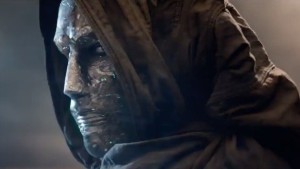 As is Victor Von Doom or Victor Domashev as the character was originally written. The character is introduced as a misanthropic, anti-social loner with a genius level IQ and a healthy mistrust of the government and the militaries potential involvement in the project. This version of Victor is fine for the first half of the film, I can even accept his lusting after Sue, she is pretty much the only woman in the film and therefore the universe. What doesn’t sit well with me is Victor’s motivations for being involved in the project, beyond having the hots for Sue, if he is so opposed to the projects potential to exploit another planet. Maybe its an ego thing, Victor’s desire to always be the smartest person in the room, but sadly this is never really explored. Its Victors ego which eventually costs him as well, he drunkenly encourages Reed and Johnny to be the first to another world with a wonderful analogy where he describes the whole world knowing who Buzz Aldrin and Neil Armstrong. But nobody knows the name of the men who actually put them there.
As is Victor Von Doom or Victor Domashev as the character was originally written. The character is introduced as a misanthropic, anti-social loner with a genius level IQ and a healthy mistrust of the government and the militaries potential involvement in the project. This version of Victor is fine for the first half of the film, I can even accept his lusting after Sue, she is pretty much the only woman in the film and therefore the universe. What doesn’t sit well with me is Victor’s motivations for being involved in the project, beyond having the hots for Sue, if he is so opposed to the projects potential to exploit another planet. Maybe its an ego thing, Victor’s desire to always be the smartest person in the room, but sadly this is never really explored. Its Victors ego which eventually costs him as well, he drunkenly encourages Reed and Johnny to be the first to another world with a wonderful analogy where he describes the whole world knowing who Buzz Aldrin and Neil Armstrong. But nobody knows the name of the men who actually put them there.
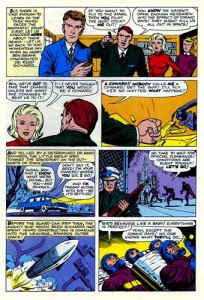
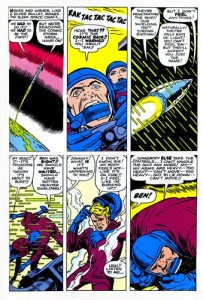
For shits and giggles Reed brings Ben along as well. Why? Bros before Hoes? Or probably because Fantastic Four mythology decrees it. Its also a flip of the comic origin of the group where for reasons beyond anyones knowledge Reed and Ben being the only ones qualified to be on the mission inexplicably allow Sue and her teenage brother Johnny along for the ride.
So as we know the trip goes tits up and in this case Victor is left behind seemingly dead, having fallen into what can only be described as green lava, which melts his protective suit. Following this we have the aftermath of the experiment, the scenes at the military base and then following the jump ahead one year Reed is captured in South America because the American Government don’t seem to be able to recreate the experiment of a group of teenagers. Something Reed is able to do in about 10 minutes.
And though I have detailed some of my misgivings about the film, the miscasting of most of the cast, the failure to follow through upon a number of aspects, the body horror and weaponisation of the characters it is at this point that the film really goes off the rails.
A team return to the other planet and find Victor, who has somehow survived for a year and whose suit has been moulded/burnt to torso. Clearly these men have never seen Alien or are aware of any form of quarantine procedures, beyond Hazmat suits, as they bring him straight back to Earth. Sadly from here the film turns into a teenage boy spending his first night with a girl there has been so much build up but then the film is over in the next 10 minutes. The whole final act feels rushed, under thought and is just a mess.
Victor once back on Earth goes Scanners on everyone and starts exploding heads, his reason being that we have ruined Earth so why should we get the opportunity to do it to another planet, and promptly heads back to the other planet where he is followed by the Fantastic Four who promptly set aside their underwritten differences to defeat him and his big glowing light that is sucking the Earth through a portal.
In conclusion:
Like a parent, I’m not angry I’m just disappointed. There was a lot of potential with this film, a move away from the bright, light and fluffy version of the characters from the previous decade but what we sadly get is an uneven film that fails to satisfy anyone.

